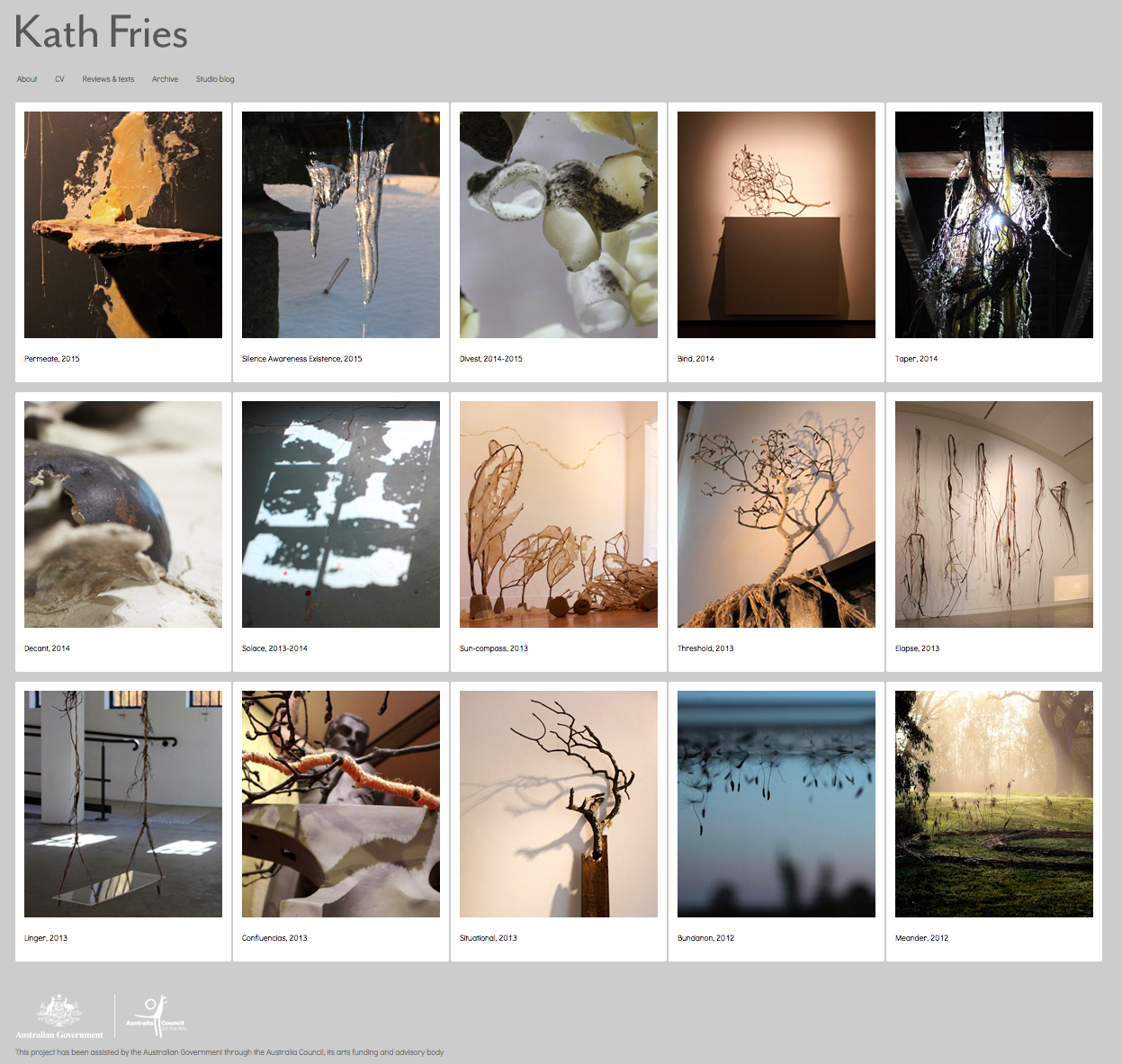“Sometimes we juggle masks,
sometimes they just fall off.”
sometimes they just fall off.”
Cleaning is a guise, a mask that veils the imperfections of human living, hiding the detritus of everyday family life. Cleaning is always labour, predominantly women’s labour, even today, especially in the home.* Cleaning is usually care-work, but care-work is never just cleaning.
Linda Brescia’s work engages with such dynamics of visibility and invisibility, masking, care and self-assertion. In October 2016, Brescia began caring for her sister who had a terminal illness. It was during this time that Brescia began coil weaving at her kitchen table with a roll of domestic cleaning cloths. The repetitive weaving process became therapeutic, lessening the emotional turmoil and tug-of-war between sadness, stress, love and frustration. Brescia felt the heavy responsibility, being stuck at home ‘holding up the sky’ – maintaining the mask of keeping her home a relatively normal and stable base for the rest of her family – whilst also confronting the illness, and then death, of her dearly beloved sister. Managing, somehow, to stay grounded through the ancient haptic female creativities of weaving and knitting.
 |
| Linda Brescia hand coiling her Resilience Spiral sculpture in the FCMG studio |
Grief sometimes forces our socially-adjusted masks to slip publicly, to be openly emotional, then even the most stoic may reach out to others for support. “Sometimes we juggle masks, sometimes they just fall off.”** Through her grief, Brescia extended her extreme knitting pieces into endurance processes, balanced by attending social knitting groups, Spin a Yarn at Fairfield City Museum & Gallery and Crafties Social Group in Canley Vale. There she met local women generously sharing their skills, knowledge, experiences and stories. Collectively they found shared connections in making – holding up the sky together – to care, support and to be supported. Women are not just holding up the sky, they are also reaching for the sky: for space where their voices can be heard, their stories told, their experiences valued, not just by each other but also more widely by society at large.
 |
| Linda Brescia, Fundamental requirement of play (Selfie 2), 2018 solvent ink and digital print |
Brescia’s Holding up the sky exhibition interweaves these embodied experiences of textiles, cleaning, caring and labour. Working with hundreds of meters of domestic cleaning cloths, Brescia’s soft sculptures, Resilience spiral (2018) and Holding up the sky (2018), playfully disturb our assumptions about what is usually considered valuable or valueless. This engagement with notions of what should be concealed or revealed is synonymous with her extensive use of stockings and pantyhose as masks of appearance and disappearance. The photographs for The fundamental requirement of play, Selfie series (2018) were initially taken for and shared through Instagram; a social media platform variously self-curated into individual intimate online spaces of feminist activism and artist networking for some, for others it can become an addictive, anxiety-triggering domain filled by debilitating minefields of unrealistic body expectations. These selfie images present the artist’s face masked and partially obscured by stitched and cut stockings. Yet there is an assertive agency, claiming space in the act of taking a selfie, declaring ‘I am here’ and ‘I am visible’ to the world; or at least to whoever ends up seeing the image through the veiled obscurity of Instagram algorithms, preferences and advertising. This social media world, where the boundaries of public and private are blurred, is also a forum for Brescia’s performances wearing anaked female body painted onto stocking fabric and worn on the outside. Shown rather than hidden and performed in public settings and gallery events to confront and disturb social norms, these engagements challenge the audience to consider their own responses.
 |
| Linda Brescia, Control brief, 2018, pantyhose and acrylic on wood panel |
Pantyhose are traditionally metaphorical and actual masks, veiling imperfections, cleaning-up one’s appearance and constraining the female limbs into socially acceptable forms. In Control Brief (2018), Brescia has pulled and sewn pantyhose into masking layers over a painted portrait, gaging the face within; the binding fabric silences her voice. Although the social expectation of women being quiet and keeping their limbs concealed by pantyhose has somewhat faded over recent generations, the expectation of women masking their faces with make-up, botox and plastic surgery, has not. The social norm pushing women to present their bodies and behaviour as smoother, cleaner and more conformingly attractive – from facial expressions, body language, clothing and makeup – is as persistent as ever. Brescia further engages with this persistent expectation to reupholster one’s body and one’s home in Worth series (2018), with careful figurative posing and stitched fabrics. In contrast the photographed naked body in Respite series (2018), invites voyeuristic glimpses of the reality of a woman’s tired, scarred, naked, sensuous body, wrapped in a cocoon or shroud of knitted cleaning cloths. There is a felt raw tactility the bare skin meeting the synthetic mesh of the chain-mail woven cloths, which is both protective and suffocating.
 |
| Linda Brescia, Resting (Worth series), 2018, acrylic and embroidery on cotton duck |
Dr Kath Fries
* The 2016 Census shows the typical Australian woman spends between five and 14 hours a week doing unpaid domestic housework. For the typical Australian man it’s less than five hours a week. http://theconversation.com/census-2016-women-are-still-disadvantaged-by-the-amount-of-unpaid-housework-they-do-76008
** Linda Brescia conversation with Kath Fries, 2018
 |
| Linda Brescia, Respite, response, 2018, solvent ink digital print |
Linda Brescia: Holding Up The Sky
24 Novemeber 2018 - 16 February 2019
Fairfield City Museum and Gallery
634 The Horsely Drive, Smithfield NSW 2164




















































%2BWhite%2C%2BBRANCH%2B3d.jpg)














.jpg)














